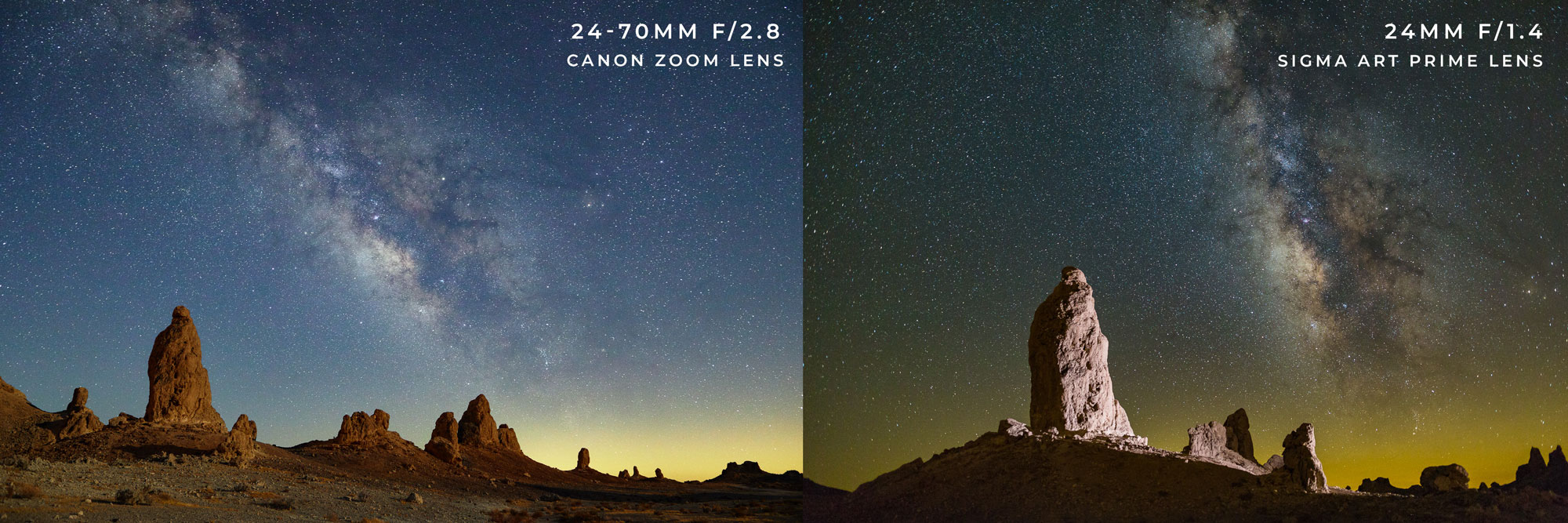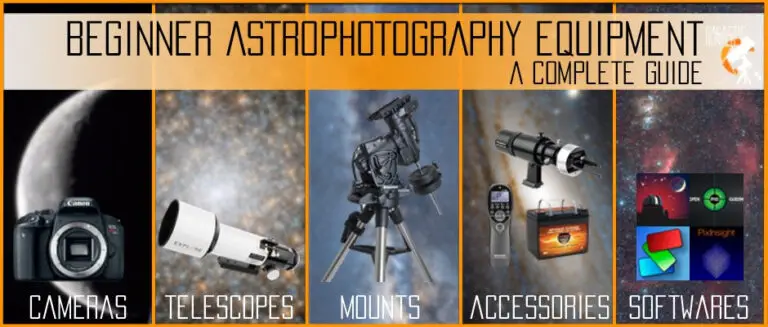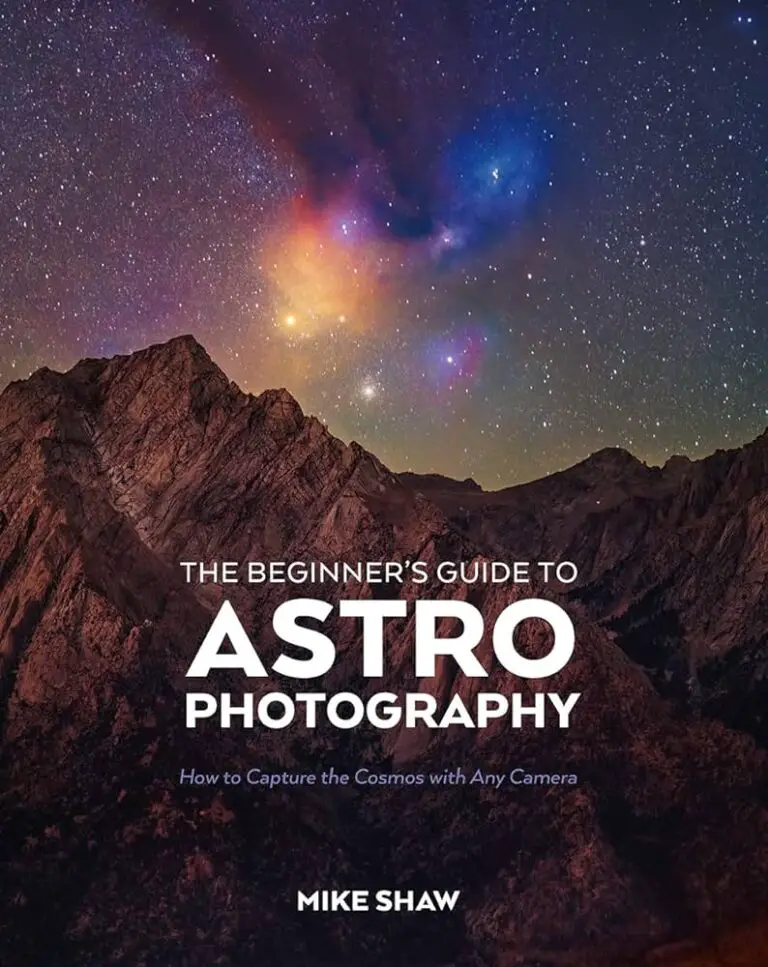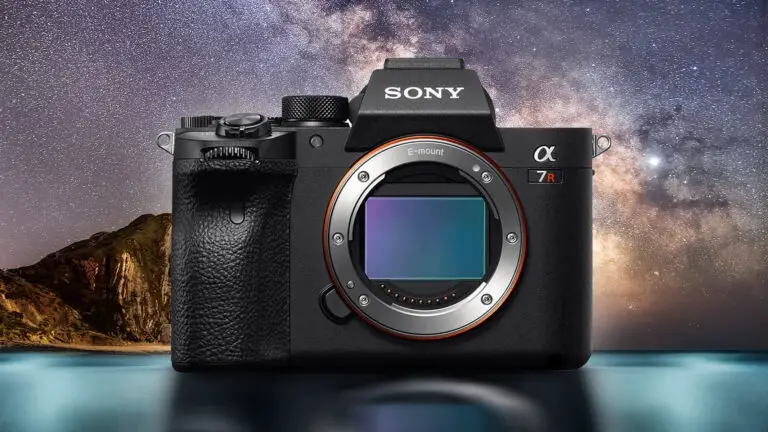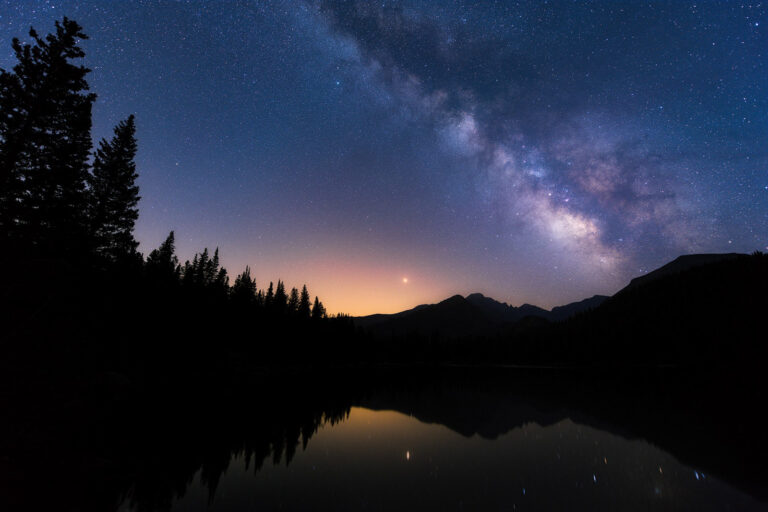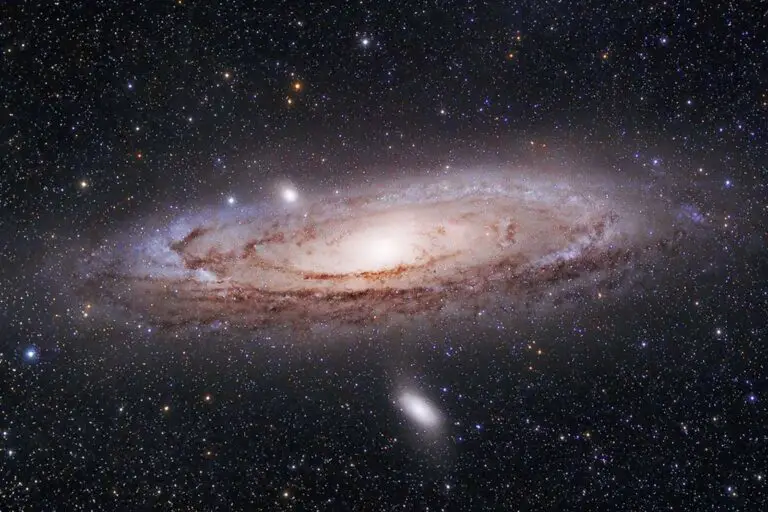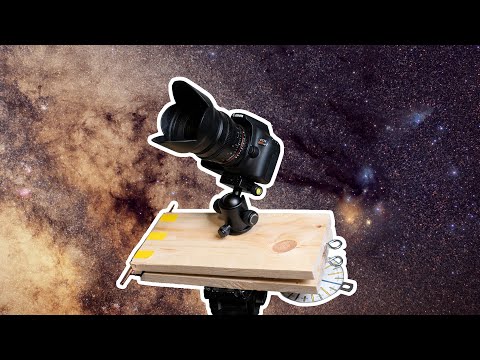Choosing the Right Lens for Astrophotography: Wide-Angle vs. Telephoto
Astrophotography is a fascinating subgenre of photography that lures both professionals and amateurs into the awe-inspiring world of celestial capture. The night sky presents an array of subjects, from the graceful arcs of the Milky Way to the astounding detail of distant galaxies. It’s a pursuit that pairs the technical precision of photography with the poetic artistry of the cosmos.
However, amidst the vast array of equipment choices, one critical decision stands out from the rest—the lens. When it comes to astrophotography, the right lens can mean capturing that soul-stirring image or missing out on a spectacular celestial phenomenon. In this in-depth exploration, we’ll compare two pivotal contenders: the wide-angle lens and the telephoto lens, revealing the strengths of each and guiding you toward choosing the perfect lens for your next astro adventure.
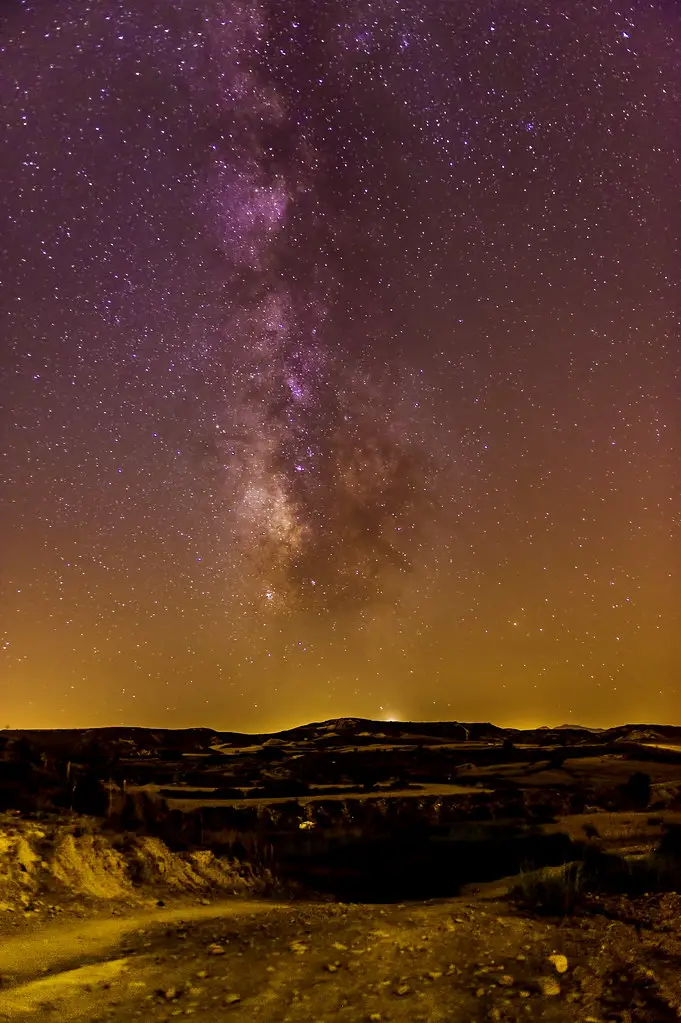
Wide-Angle Lenses: Grasping the Grandeur of the Night Sky
Wide-angle lenses are the quintessential choice for capturing the majestic expanse of the night sky. Equipped with a focal length typically ranging from 14mm to 35mm, they offer a field of view that allows for immersive, sweeping vistas. Here’s why they’re a go-to for many astrophotographers:
Capturing Expansive Night Sky Scenes
The primary allure of wide-angle lenses lies in their capacity to capture a vast portion of the heavens in a single frame. They’re the preferred tool for those crispy, detailed shots of the Milky Way arching across the horizon or the grandeur of the night sky over an earthly landscape.
Suitable for Milky Way and Landscape Astrophotography
When the Milky Way dances above a serene mountain range or a tranquil lake, those using wide-angle lenses can craft photographs that are both cosmic and terrestrial. This lens type is a must-have for landscape astrophotography, merging the beauty of the Earth with the wonder of the cosmos in a single frame.
Telephoto Lenses: Zooming In on the Majestic Details
If your astrophotography aspirations gravitate toward capturing the intricate details of distant celestial objects, a telephoto lens is your telescopic eye to the universe. Ranging from 85mm to 600mm or more, they have distinct advantages:
Detailed Shots of Distant Celestial Objects
Telephoto lenses excel at taking you far beyond the veil of our atmosphere, allowing you to take detailed shots of the moon’s craters, the rings of Saturn, or the sparkling majesty of the Andromeda Galaxy. They specialize in bringing the far away up close.
Ideal for Capturing Planets, Galaxies, and Star Clusters
When it’s about the fine detail, telephoto lenses outperform their wide-angle counterparts. They’re the astrophotographer’s choice for isolating specific objects and showcasing the incredible detail and structure present in galaxies, star clusters, and nebulae.
Comparison
Light-Gathering Capability
When it comes to astrophotography, gathering light is the name of the game. Wide-angle lenses, with their wider apertures, can uptake more light compared to telephoto lenses with narrower apertures, making them a more versatile option for capturing scenes requiring a longer exposure to collect enough light.
Field of View
While the field of view advantage lies with wide-angle lenses, telephoto lenses offer a more focused and condensed perspective that highlights details in a relatively small portion of the sky. Each has its own narrative style, and the choice between the two hinges on the story you aim to tell.
Portability and Cost Considerations
There’s no avoiding the fact that telephoto lenses are often bulkier and more expensive than wide-angle lenses. The compact nature of wide-angles not only makes them easier to handle and carry into remote, dark sky locations but also more budget-friendly options for those starting out in astrophotography.
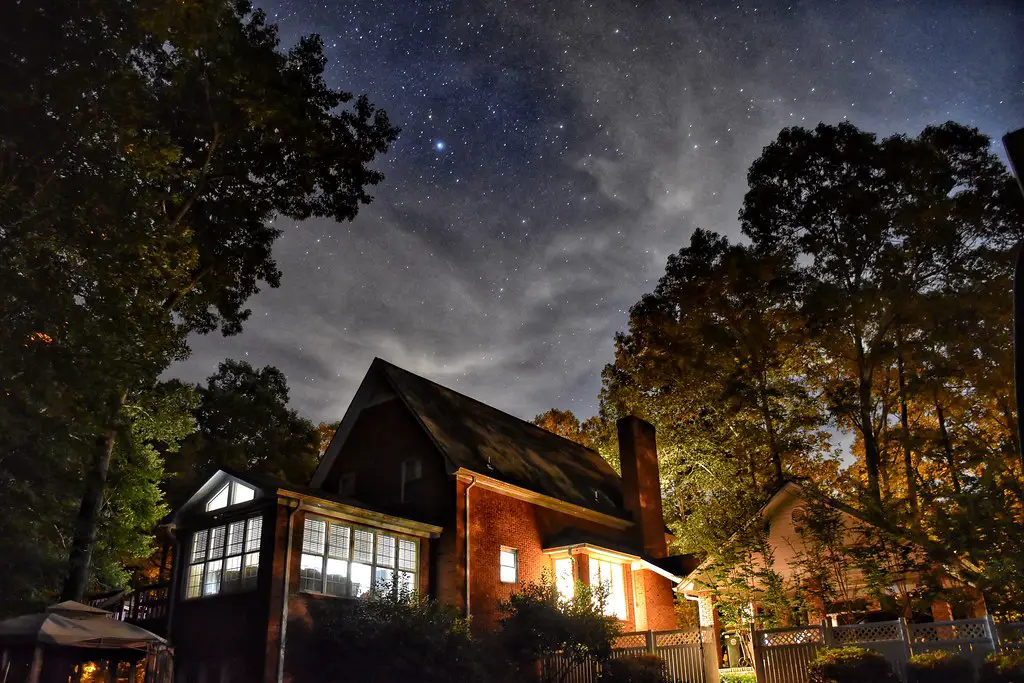
Practical Tips
Consider Your Desired Subjects
Think about the type of astrophotography you are most drawn to. If it’s capturing the full glory of the night sky along with nearby landscapes, a wide-angle lens is your best companion. Conversely, if detailed shots of the moon’s craters or the structure of nebulae are your focus, a telephoto lens will serve you best.
Assess Your Skill Level and Experience
For beginners, the forgiving nature of wide-angle lenses in terms of focusing and the potential for blending exposures could be a compelling starting point. On the other hand, those with a firmer grasp on the technical aspects of photography might find the precision and challenge of a telephoto lens more rewarding.
Budget Constraints
Cost is often a significant factor in photography equipment choices. If it’s a limiting factor, start with a wide-angle lens, which is often a more affordable option. Later, you can invest in a telephoto lens to expand your toolkit once you’re ready for the next level of astrophotography.
Conclusion
The debate between wide-angle and telephoto lenses for astrophotography doesn’t have a one-size-fits-all answer. It’s about understanding the unique strengths of each and how they align with your vision and shooting style. Take the time to weigh the pros and cons, assess your preferences and goals, and make the choice that will bring your celestial musings to life.
Remember, the best astrophotography equipment is the one that empowers you to tell the stories you want to tell. With your lens as your guide, the night sky’s canvas is yours to explore, and the celestial wonders it holds are within your frame, waiting to be uncovered. Whether you go wide or zoom in, each lens choice brings a different dimension to your astrophotography, a reflection of your personal stargazing journey.

